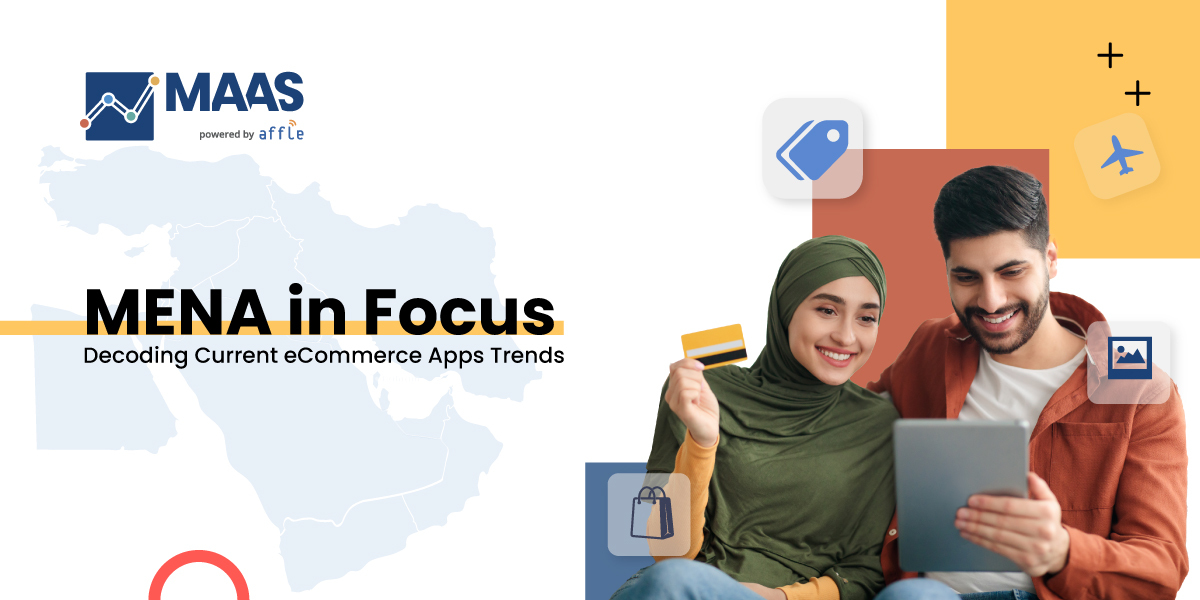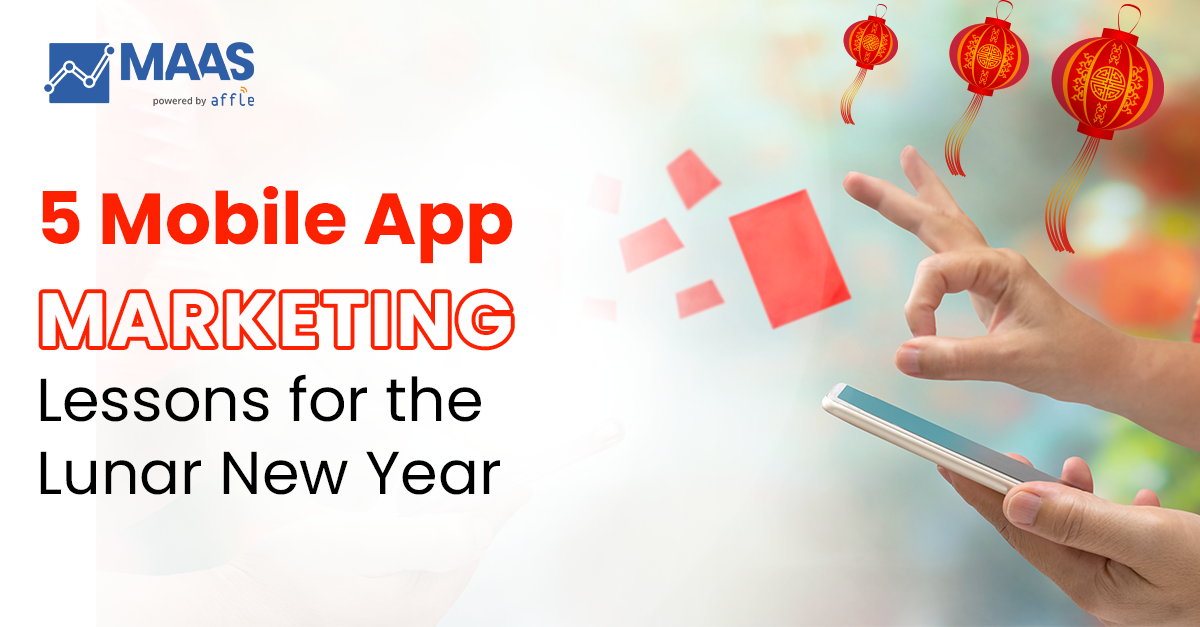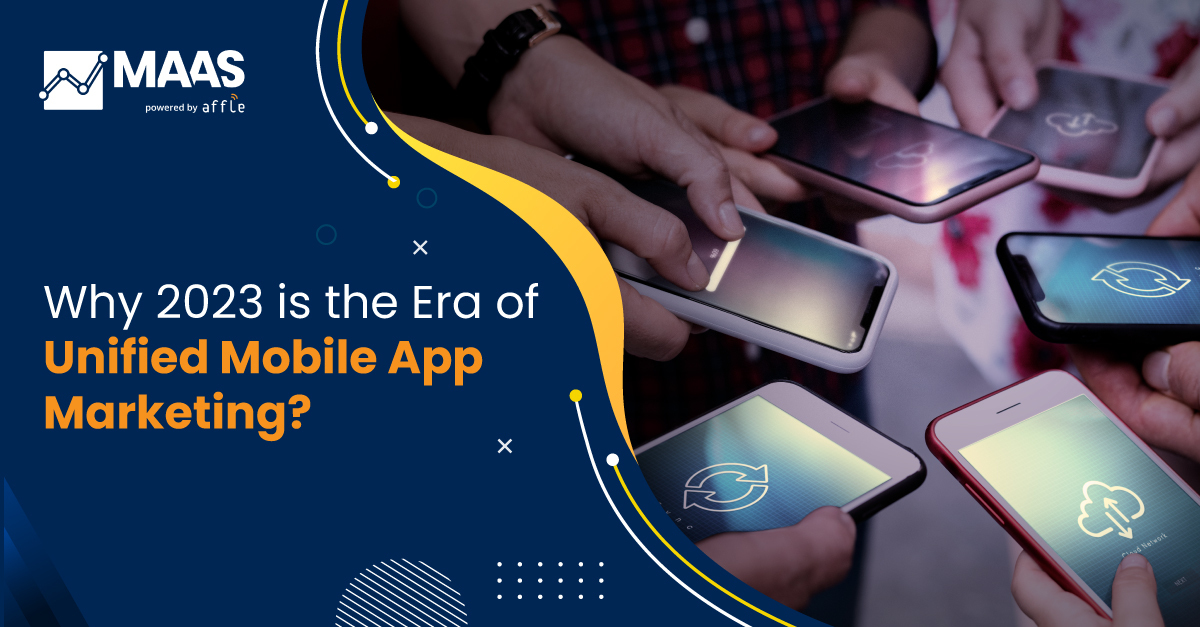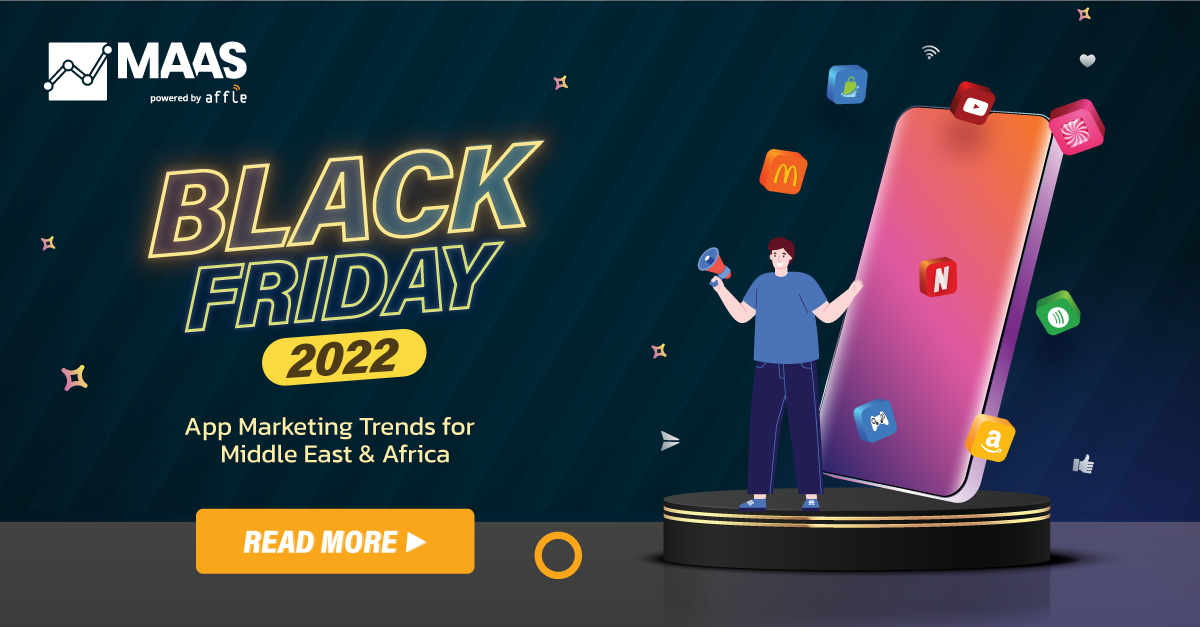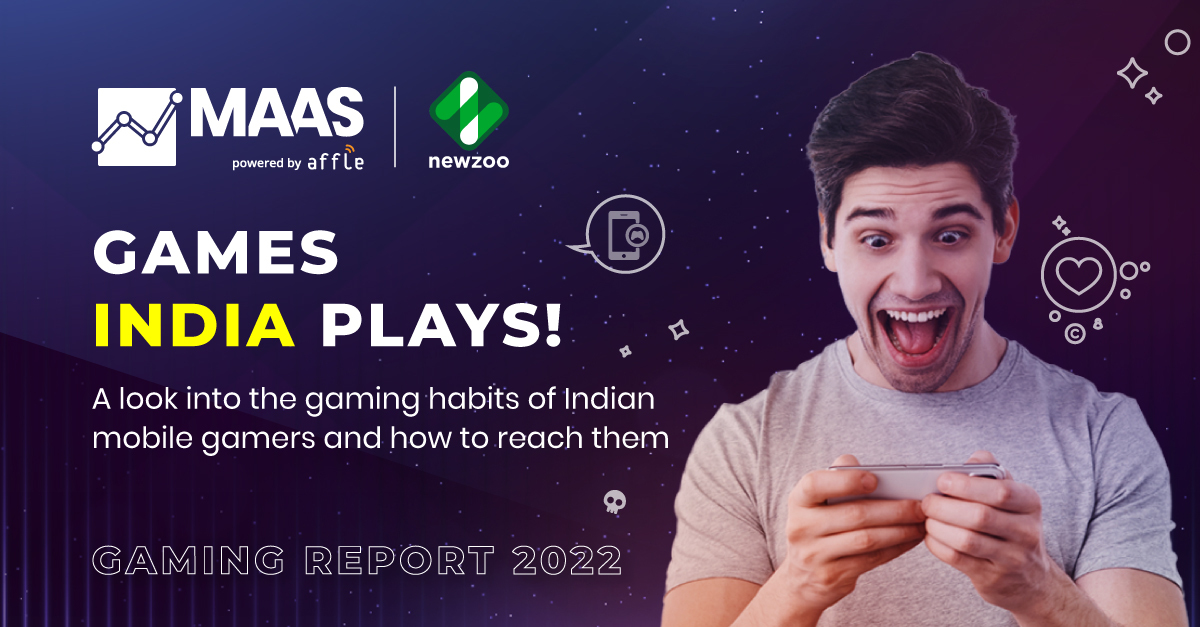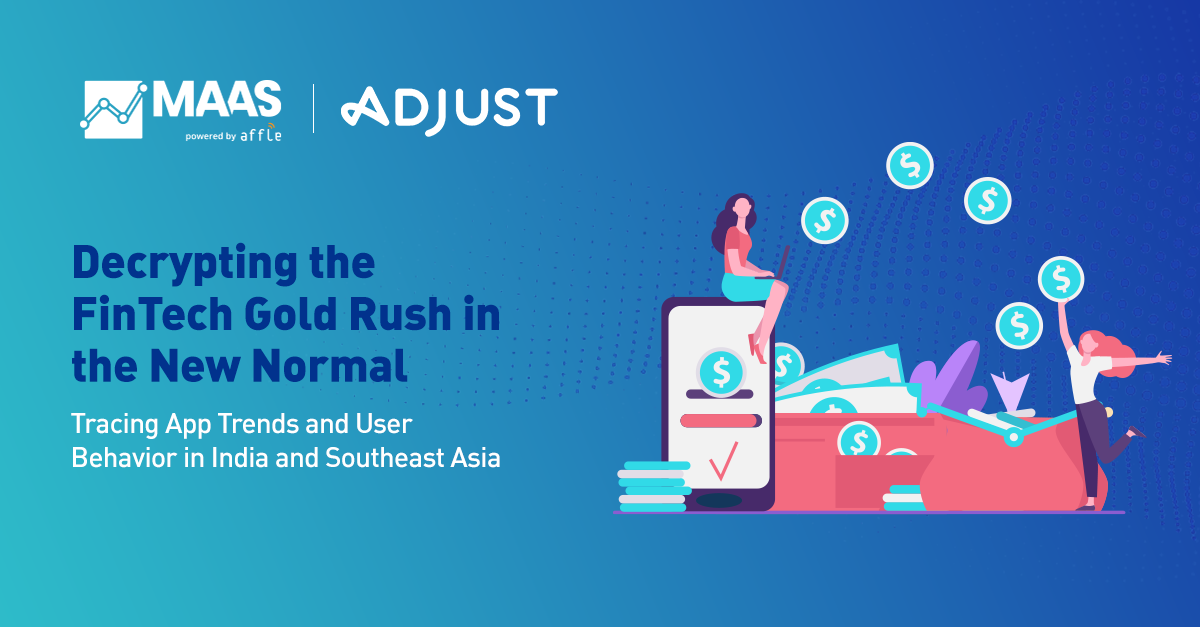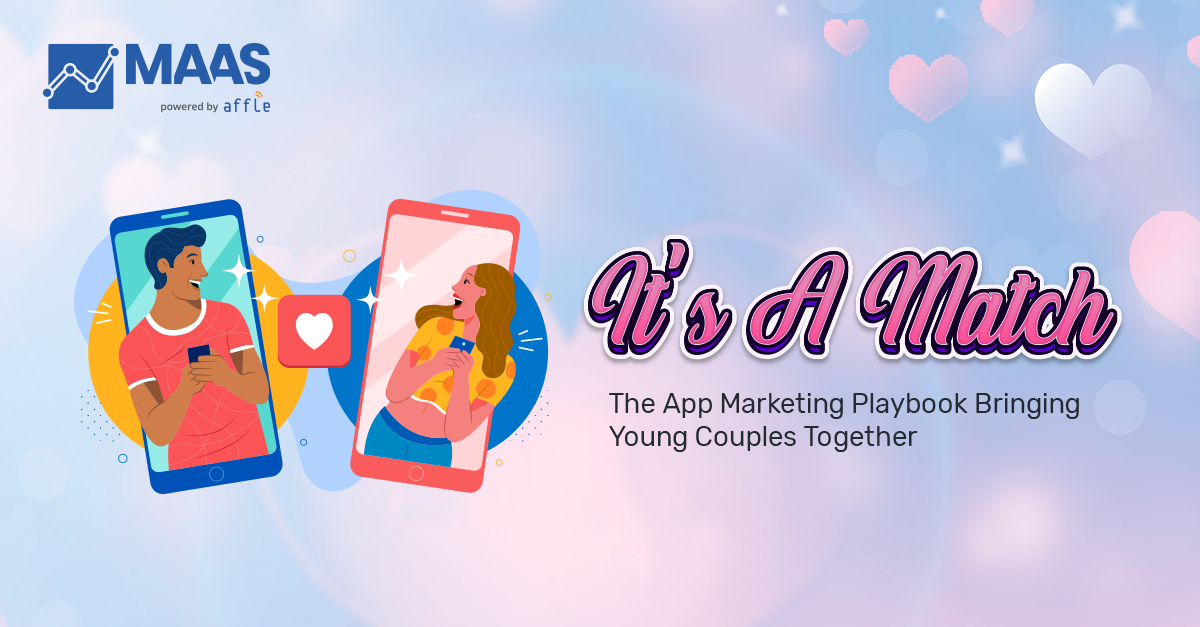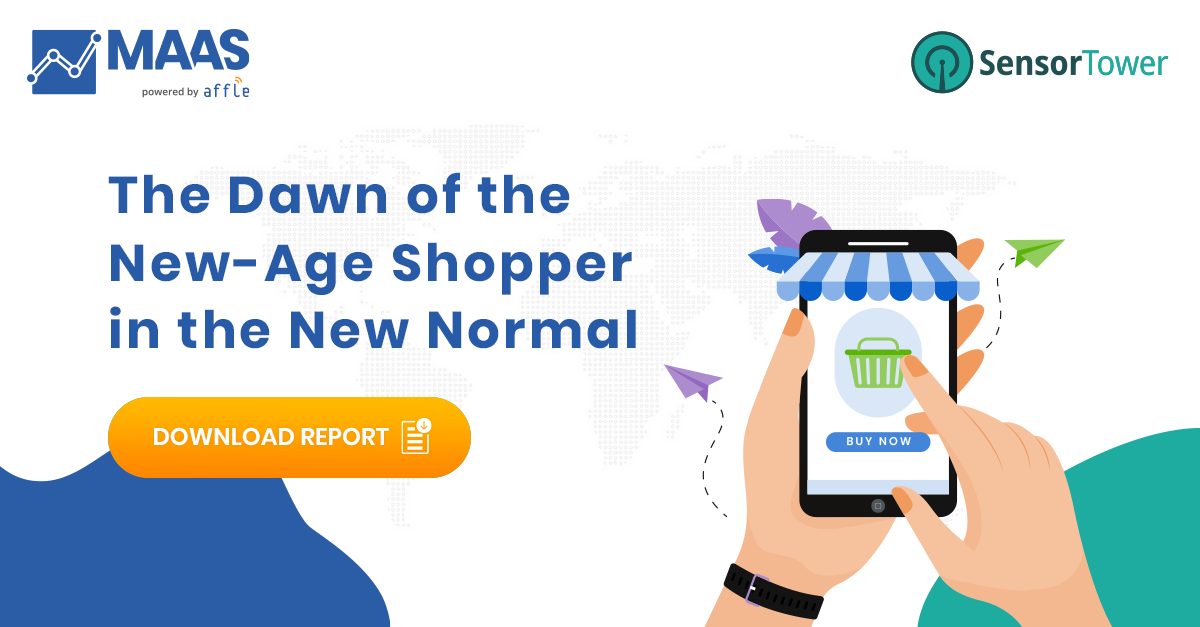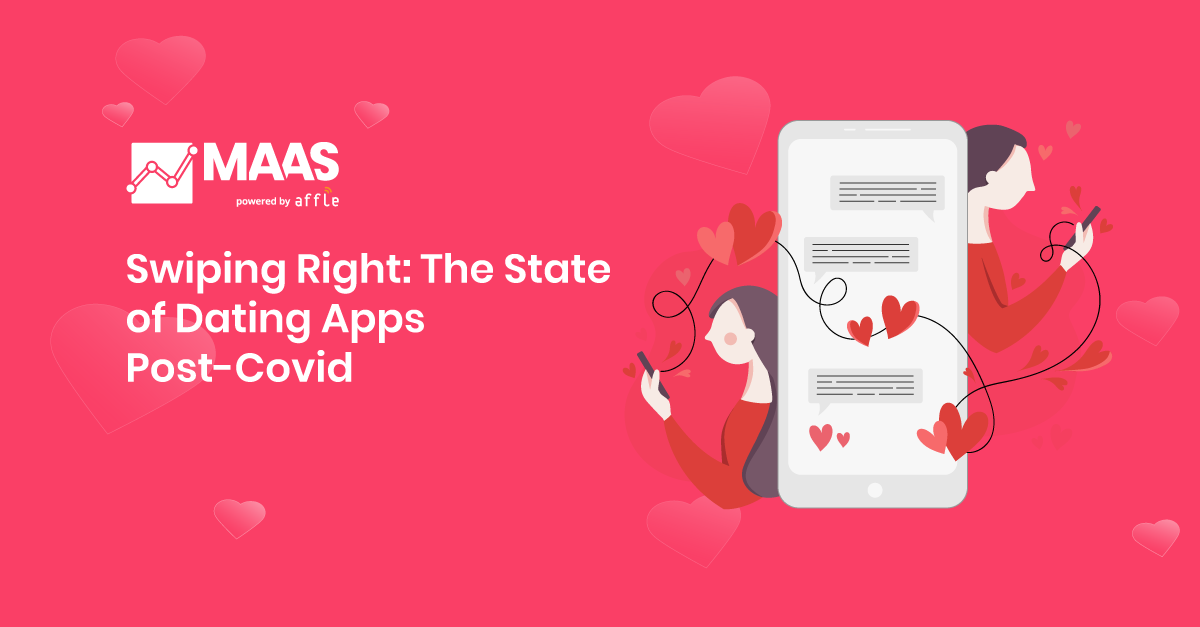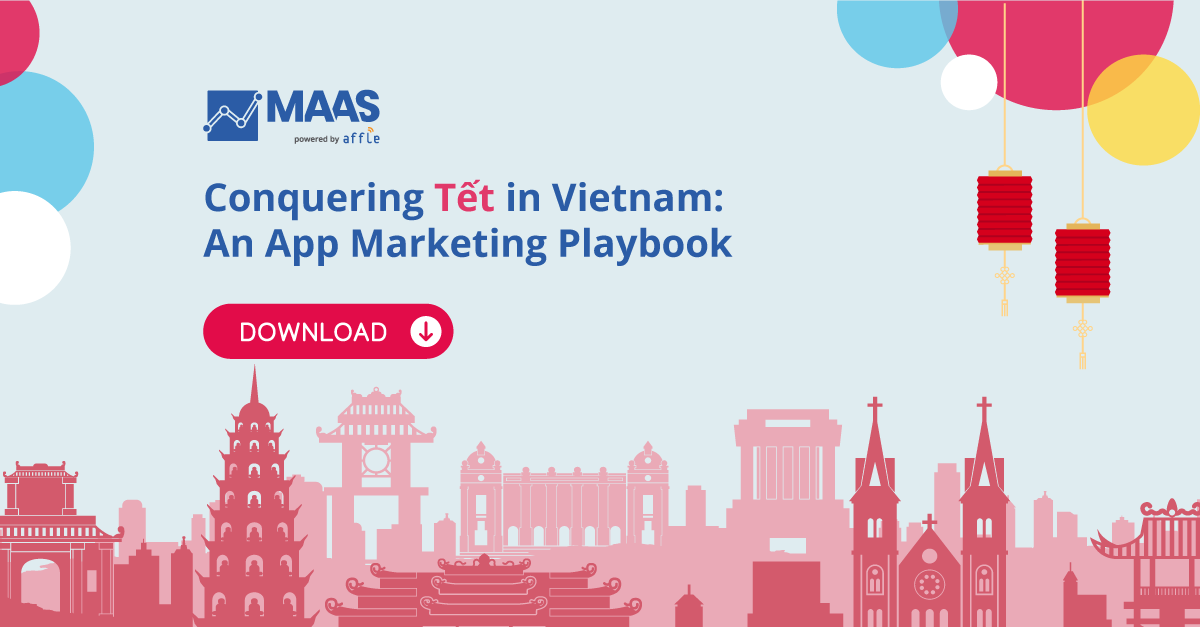When Gym Comes to Your Living Room: Acquiring Users in the New Normal
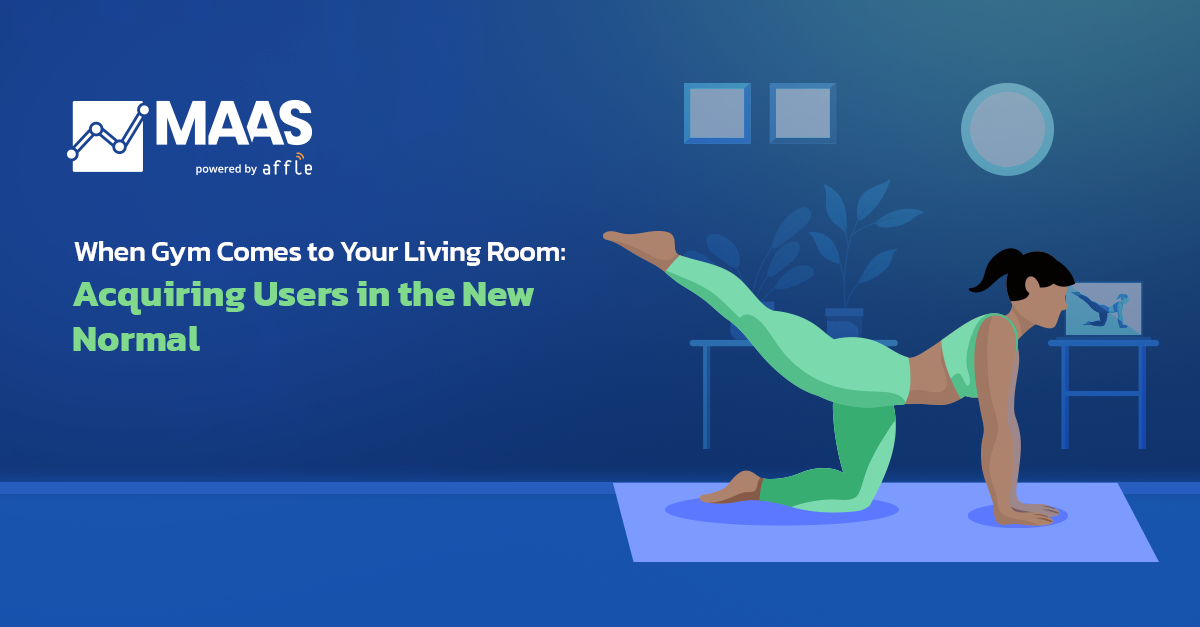
The last year has brought in changes in the ecosystem of mobile and app marketing which no one could’ve predicted. While some industry verticals dwindled, other categories have seen unprecedented growth. One such category is the health and fitness apps. It is estimated that by 2027 the online fitness industry would reach approx. $60 million.
The lockdown pushed people to stay indoors and take to home-based workout apps. When one looks like the U.K, in particular – a country that is opening up after months of stringent lockdown restrictions, it is interesting to note how the sentiments have changed towards a preference for home-based workouts. In April 2020, at the peak of the lockdown restrictions, fitness app installs were 93% higher than the yearly average.
According to a BBC report, many people in the country now prefer to work out in the convenience of their homes and would not prefer to go back to the gyms. A variety of factors have kept people hooked on app-based fitness: wearable tech, Livestream classes, savings on both time and money, as well as internet-connected fitness equipment. It is expected that the revenue in the fitness segment will reach $724 million this year and the user penetration is expected to stand at 19.6%.
With the global climate changing again as the lockdown is lifted in the U.K, one can anticipate changes in how users will respond to the “New Normal”. While it is still early to map trends for user’s preference to gym-based workouts vs the use of fitness apps, amidst the changing New Normal, it is important for app marketers in the health and fitness category to keep acquiring new users while keeping the existing users engaged. We give a 5-point plan on some of the most important tips that advertisers can include in their marketing strategy:
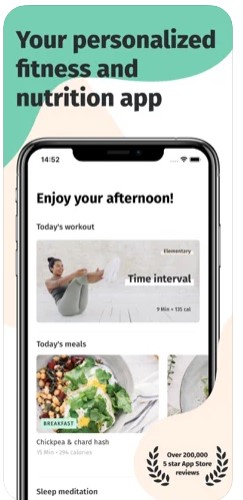
Image Source: 8fit
Offer a Personalized Approach to Fitness
Personalization is an important aspect of any mobile app, but this need is enhanced further when it comes to the fitness category. Each individual is different and knowing your user’s needs and preferences would improve the engagement rate with your app. In the comfort of your home workout applications not only can offer a wide range of workout options suited to the user, but also help them with their specific needs, whether it is mindfulness, healthy eating, or just tracking their calories. Take the example of 8fit – this popular app has around 1.8 million users in the U.K and has benefited from a hyper-personalized approach to health and fitness.
If you are not already including personalization in your app or marketing communications, double down on this and bring awareness among the existing customer base to help retain them as paying customers. A personalized approach will not help you to improve your user experience, but also improve session length and revenue from paying customers.
Focus on High-LTV, Like-Minded Customers
One thing to keep in mind while targeting new users to acquire is the fact that your offering is suitable to only a certain demographic. Everyone who is into health and fitness and fitness would not be a part of your target group as the definition of health and fitness is different for everyone. There are people who want to work out by going to a gym or by going for a run, bike ride. And if these people are not aligned with your product offering there would be no point in trying to get them onboarded as a paying subscriber, and even if you eventually do land them chances are they will not stick with you for long. Instead, a sure-shot way of ensuring growth and getting a higher LTV from your customers would be to identify the people who have a similar definition of fitness as your product offerings and those who would be interested in your services. For Example, The way to do this for an application that promotes home workouts would be to, first of all, start adding a similar product offering that the customers would be interested in. Add different varieties of workouts like, include options for people that have no equipment, some basic equipment, or a good selection of equipment at their disposal. Then the logical thing to do for the application would be to start including diet tips and food recipes along with an option for a customized meal plan for its user base. Personal training and counseling sessions can also be added to the mix so that customers can be helped during the time they feel they’ve hit a plateau. This also would help drive the LTV for application as a customer who just started with basic workout sessions would now be with using multiple offerings from you.
Find the Right Market and Channels for App Promotion
Each app has a distinct user base and every user has its own distinct app journey. Therefore, one single channel might not be right for all your customers. Finding the right channel for your UA mix also depends on what stage your app is at in the acquisition journey. For starting up apps, focusing on ASO can help with app discovery, while for others having paid marketing in the mix with an influencer or social media marketing can boost the numbers. For others, app recommendations can work better. It is also important to understand how you can allocate your budgets within your market. Look at campaign numbers and work with your UA partner to see where there is an apparent demand coming from and then allocate your budgets accordingly. Perhaps a new user group – who weren’t your focus area before – is now more likely to pay and use your app. Keep a close eye on campaign insights and tailor your UA plan.
Gamification for Engagement and Retention
Keeping users engaged to come back to the app can be challenging. This can translate into low user retention and people abandoning the app. Now, as people start to go back to the physical gyms, keeping users retained must be tackled efficiently. Gamification is an interesting way to overcome this. By gamifying the user interface and user experience, you can keep your customers interested and engaged. Introduce features like leaderboard, daily and weekly challenges, or rewards and scores. This gives workouts a competitive nature and helps to motivate the customer to not only work out but also keep the engagement levels high.
Go the Extra Mile
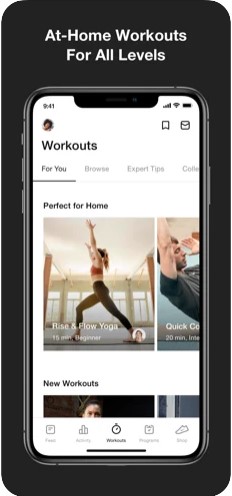
Image Source: Nike
Finally, understand that the world around us is changing. Even with the restrictions easing off, the world is still fighting off a pandemic and your users are coping with the effects of the pandemic. Go the extra mile by offering some services for free that will not only help your brand get awareness but also fuel downloads and recognition. Take the example of Nike, which announced free access to one of its premium features in 2020 taking the app’s downloads to rank #2. Several other brands took to the route of offering free exercise or meditation lessons whether in-app or on their social media handles, focusing on providing quality content to the users and keeping them engaged. This goes a long way in establishing your brand and can keep the user coming back.
Are you a health and fitness app in the U.K and looking to grow your users? Find out how MAAS’ Unified Audience Platform can help you at every step of growth. Contact us today!



